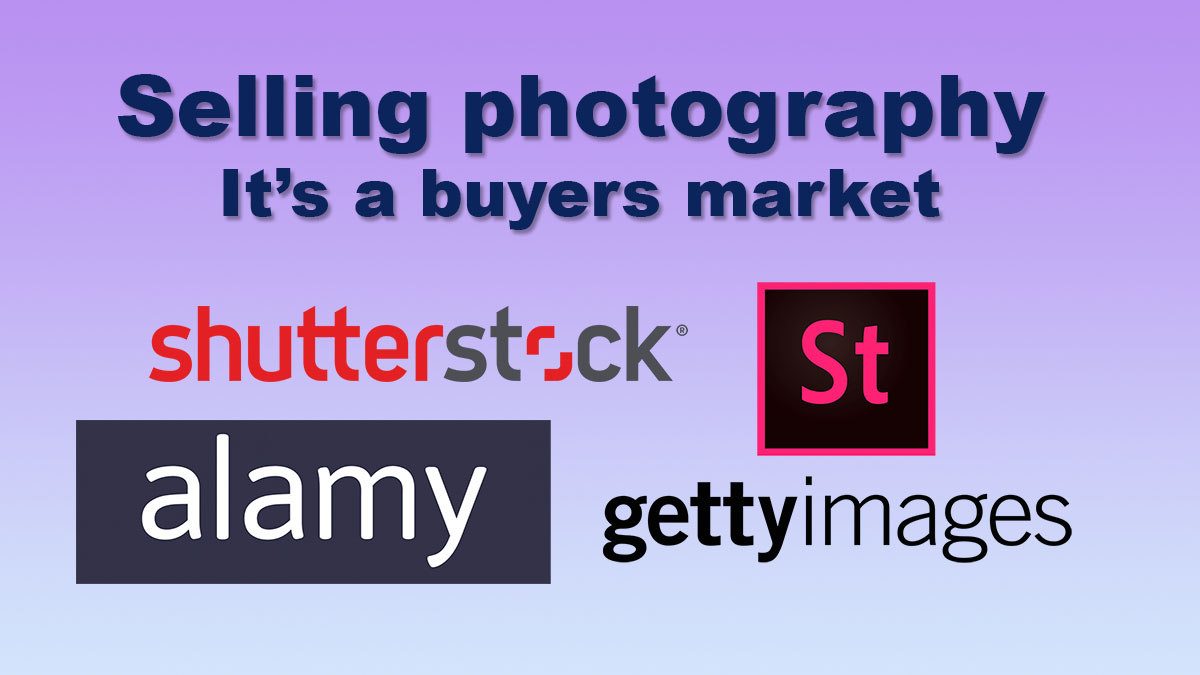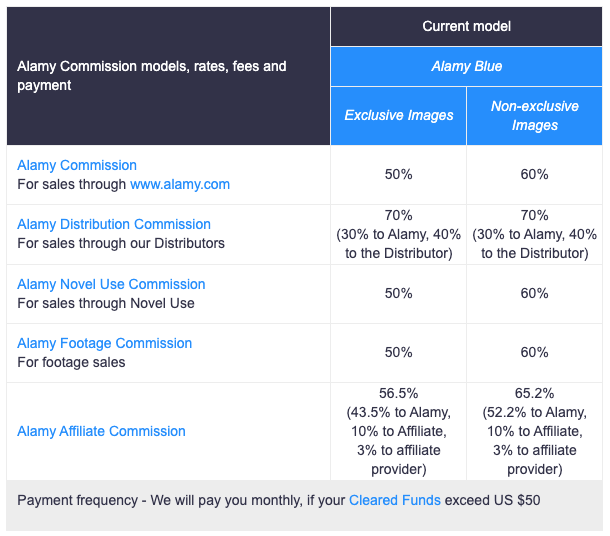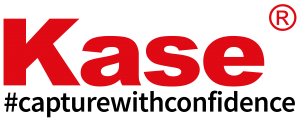May 19, 2021
Selling photography
Stock photography agency Alamy has changed its contract again, making selling photography more in favour of the buyer.

For some, photography is a fun (and sometimes) expensive hobby. For others, like myself, the hobby became a way of making a living. However, it is increasingly becoming more challenging to earn enough to cover the investment in equipment. This week, the stock agency, Alamy, made selling photography that little bit tougher by changing the terms it sells pictures on behalf of photographers. However, the contract change hides an even bigger issue impacting the long-term viability of earning from taking photographs.
What has changed in the contract?
Alamy was created in 1999 and was one of the first agencies to offer downloadable images through its website. They attracted hobbyist and professional photographers alike with relatively low commission rates at 20% of sales. Subsequently, Alamy has gone through changes in management and ownership. Over time, the contract signed between Alamy and photographers has become more restrictive, and commission rates have fallen.
The contract before this week’s announcement offered a relatively simple commission structure. Contributors could decide to make images exclusive to Alamy and receive 60% of sales. If the photos were non-exclusive, they would receive 50%. There are also varying rates if photos sell through distributors, affiliates, or for use in novels.

On Monday morning, an e-mail dropped into contributors’ e-mail boxes with changes that will come into place from 1 July 2021. The reasonably simple model is replaced with a three-tier model based on sales achieved in a year. A new contributor enters on the Alamy Gold commission rate. The differentiation between exclusive and non-exclusive no longer exists at this level, and Alamy now takes 60% of the sale, leaving the photographer with a reduced share of just 40%.
Suppose a contributor can achieve $25,000 worth of sales each year, the commission rate increases. The increased commission rate only kicks in, though, if the contributor makes the images exclusive to Alamy. Even with this hard-to-achieve level of sales, the commission rate has increased if a photographer is already selling images on an exclusive basis. Alamy will now take a 50/50 cut of all sales, instead of the 40% under the old contract.
The hobbyist photographer will lose even more unless you achieve sales of $250 in a year. Failure to meet this target moves you to the Alamy Silver model. In this case, the photographer is only going to receive 20% of the sale! Clearly, if you don’t sell, Alamy doesn’t want you on their site.

In addition to the changes in commission rates, Alamy has also rightly decided to pursue infringements. The contract states that if they pursue an infringement and find an exclusive image offered through another agency, they will charge the photographer for the costs in chasing the payment. In fairness, this is reasonable, but frankly, unless you are likely to sell $25,000 of photos in a year, there is no benefit to marking images as exclusive anymore.
The hidden challenge in selling photography
As well as the changes in the contract that favour Alamy and not the photographer, there is another trend that makes income generation even harder. Alamy has been pursuing more markets to sell photographs. In theory, this should be a good thing for photographers. Increased sales, even with higher commission rates, should increase the amount a photographer can earn. However, many of the images I sell are sold at less than $10 (of which I would only receive $4 after commission).
I have been fortunate that a small number of my images this year have sold at a relatively high price. However, looking at the average sale price achieved since I joined Alamy in 2015, the average price has reduced from over $50 to a low in 2020 of $34. It seems that Alamy, rushing to increase volume, is lowering prices.

Joining the average selling price and the new contract, I would need to sell 577 photographs this year to get on the Platinum pricing structure. In 2020, that would have risen to 737. Realistically, there will be very few photographers hitting the Platinum pricing structure every year. It would be interesting if Alamy could share how many will actually qualify for the highest level.
Just sell somewhere else
The easy answer to Alamy’s contract change is to sell photos through a different source. Many photographers criticise Alamy more than most. The reality is that most agencies are even worse!
Shutterstock allows photographers to earn just 15% of sales at the lowest level, increasing to 40% if 25,000 images are sold in a year. That is actual images, not the sale price! Even worse, Shutterstock sell photos at 16p each if a subscriber pays to download 750 images a month.
Adobe Stock pays 35% to a contributor regardless of the level of sales. Again, they sell your pictures for pennies to their highest volume subscribers. 15p per image if a contributor signs up to purchasing 750 images in a month.
Getty images pay just 15% on photography sales, rising to 20% if the image is marked exclusive to Getty. Their iStock brand can offer higher fees of up to 45%, but that requires you to sell 617,760 photographs in a year!
Sadly, it seems that the Alamy contract, while reducing the reward to the creator, is one of the better-paying agencies, so reluctantly, I’ll be staying with them but removing the ‘exclusive to Alamy’ flag. Selling photography has just got a little harder.
Give us your feedback
If you’ve got any questions or comments, leave them below. You can sign up for the Edinburgh Photography Workshop monthly newsletter, where you’ll get regular updates on exciting things happening in photography and some great tips. Sign up by clicking here.
About the author
As well as running Edinburgh Photography Workshop, Rich Dyson is a professional photographer. His photographs are regularly used in newspapers such as The Times, Guardian and Daily Telegraph. He also had two solo exhibitions as well as being featured in a members sponsored exhibition in the Scottish Parliament. You can see and buy his photography at richdysonphotography.com
